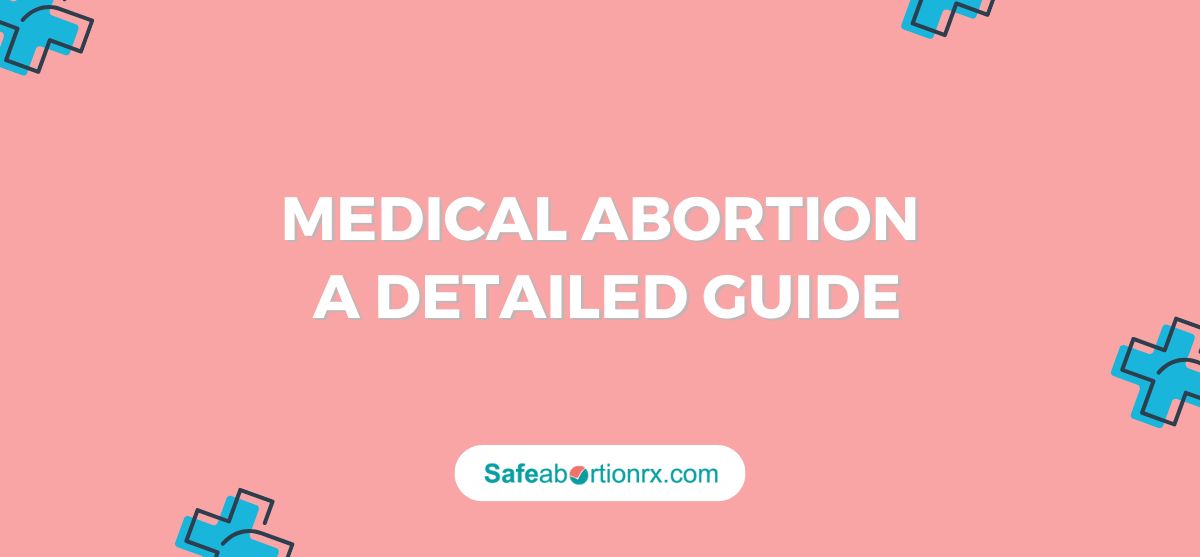What Is a Medical Abortion?
A medical abortion (also called a medication abortion or the “abortion by pill”) uses a combination of two medications—mifepristone and misoprostol—to safely terminate a pregnancy, typically during the first trimester. It’s a non‑surgical option that can often be taken at home with proper medical guidance.
When is Medical Abortion Done?
- Typically safe and effective up to 10–12 weeks of gestation using the standard drug pair.
- In later pregnancies (beyond 12 weeks), dosing and administration may differ and often occur under closer medical supervision .
Step-by-Step Medical Abortion Procedure
- Initial Consultation
A healthcare provider will confirm pregnancy dating and check for contraindications (like ectopic pregnancy or clotting disorders). - Day 1 – Take Mifepristone
You’ll take a single 200 mg oral dose. This blocks the hormone progesterone and prepares the uterus for the next step. - 24–48 Hours Later – Take Misoprostol
You take 800 µg (usually four 200 µg tablets) either buccally, sublingually, or vaginally. This induces uterine contractions that expel pregnancy tissue. - Home Recovery
Expect cramping and bleeding similar to a heavy menstrual period. Most of the process happens within a few hours, though spotting may continue for up to two weeks . - Follow-Up Care
Within 1–2 weeks, check in with your provider—either in person or via telehealth—to ensure the pregnancy is fully passed and no further treatment is needed .
Is Medical Abortion Safe?
- When taken per guidelines, success rates are high—over 95% in early pregnancies .
- Major health bodies, including WHO and NAF, support its use based on strong evidence.
- Serious complications are rare—severe infection, hemorrhage, or incomplete expulsion occur in under 1% of cases .
Who It May Not Be Right For
- Women with confirmed or suspected ectopic pregnancy or certain bleeding disorders should not use this method.
- Other caution flags include adrenal insufficiency, long‑term steroid use, and anemia.
Possible Side Effects of Medical Abortion
- Common: Cramping, bleeding, nausea, diarrhea, chills, and sometimes fever .
- Pain Control: NSAIDs like ibuprofen are recommended and safe .
- Antibiotics: Routine prophylaxis isn’t needed unless there’s infection risk .
How It Compares to Other Methods
- Far less invasive than surgical options like vacuum aspiration or D&E, making it a preferred choice for those seeking privacy and comfort.
Legal & Access Notes (U.S.)
Medication abortion remains legally available up to 10 weeks in the U.S., with telehealth and mail access growing post-June 2024. However, some states are implementing tracking systems similar to controlled substances, which may impact access.
Final Takeaway
When used correctly, mifepristone followed by misoprostol is a proven, safe, and private option for early pregnancy termination. Preparing with trusted medical supervision, pain management strategies, and follow-up ensures a smoother, more empowered experience. If you’re considering this, speak openly with your provider to confirm eligibility and support.

